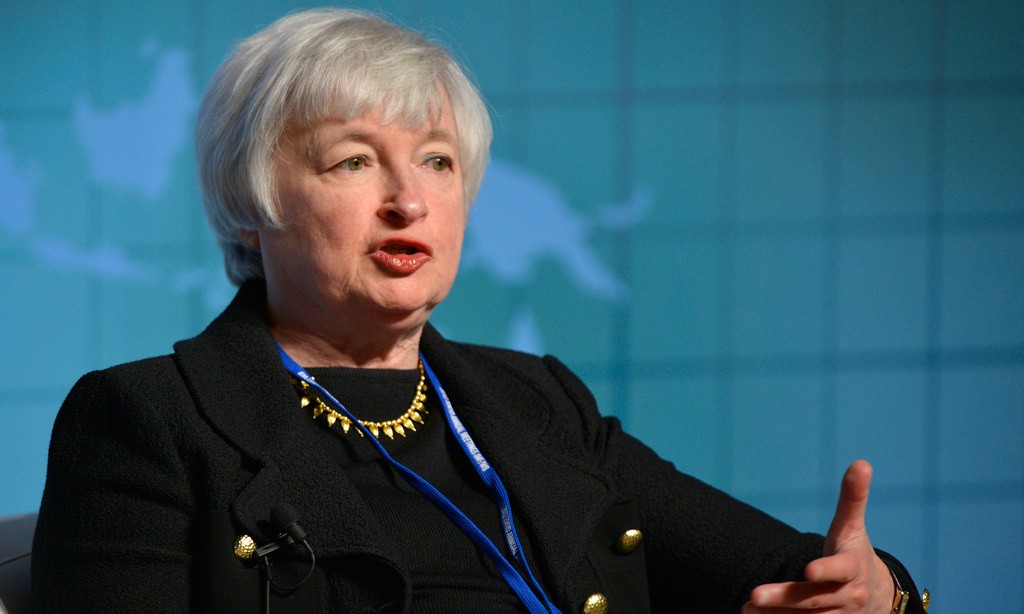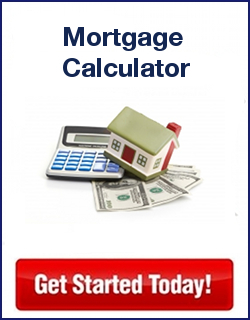By Andrew King

With all eyes on the Federal Reserve, real estate brokers around the nation are holding their breaths in anticipation of a strong spring market this year.
The year began with some pessimism marked by the double-whammy of the first rate increase since the Great Recession in December followed by a January stock market plunge on the first trading day of 2016. Even though the U.S. Federal Reserve (the Fed) does not directly control mortgage interest rates – those are derived by individual lenders based on a variety of factors including yields in the bond market – and the price of stocks can have a mixed impact on the economics of the housing market, those in the industry had little to feel bullish about going into March.
Then the darndest thing happened: the stock market rebounded; the spring housing market opened with great weather in the Northeast; and Fed Chair Janet Yellen appears determined to raise rates at a slower pace than most imagined going into the year.
“As we know, the Fed’s move doesn’t directly impact home mortgage rates, but it is an indicator and influencer,” says broker Ryan E. Gable, CEO of Chicago-based StartingPoint Realty, Inc.
During a luncheon at the Economic Club of New York on March 29, Yellen addressed the recent rise in inflation and said it was too soon to know if it would last. Therefore, she would be careful not to rush into additional increases, especially given the global impact of monetary risks. The prevailing sentiment out of the luncheon was that the Fed would move on rates no more than twice this year – half the amount that brokers previously feared.
“I think part of the reason they will leave the rates where they are is that the economy is not as great as people thought it would be,” said mortgage banker John Walsh, president of Total Mortgage, which operates in 36 states. “The economy is still getting its sea legs.”
Still, he said, much of the country has re-entered the housing market and the low interest rates have had a lot to do with it.
“All places that got hit hard by the housing crash are coming back at strong purchase prices,” Walsh says, adding that buying activity in the Northeast might be comparatively slow because the region around New York City never crashed to the same extent as the rest of the nation.
While many have taken advantage of affordable mortgages, the past few years has seen a large influx of institutional investors buying properties with cash. With a sizeable amount of these short-term owners “trading out” of their real estate positions with quick profits, a continued environment of low rates means a lot of these flippers will be able to sell nice properties to borrowers.
“The bottom line is that people who make less money will be able to now qualify for a higher value home. The borrowing threshold of the buyer does not substantially change, but the value of the home is increased. It will allow lower-income individuals to qualify for homeownership,” says Scott De La Bruere, broker associate at Berkshire Hathaway Starck Real Estate in St. Charles, Ill. “This is particularity critical for individuals who have been ‘on the cusp’ for the last several months or years.”
He urges brokers to tap this segment of the buying community. This can be achieved by finding and approaching seniors who might be ready to downsize, or young families that are starting to outgrow their first house.
“Now is the time to open up your avenues of marketing to lower-income individuals and bring them into the market,” De La Bruere says. “In order to keep inventory high (within this bracket) brokers also need to be courting individuals who may want to upgrade their current starter home or retirees ready to make the move from their single family home into perhaps a town-home, condo or even assisted living facility.”
Gable said that first-time homebuyers are ideal customers in a low-rate environment – not because the rates, themselves, are triggering the decision to purchase, but because they’ll be able to borrow more and, consequently, afford more expensive properties.
“First-time buyers decide to buy due to lifestyle changes – newlyweds, pregnancy, job promotion. Obviously, this group relies on financing as we rarely see a first-time homebuyer pay cash – and most put down less than 20 percent – but when they decide they’re buying a home, it’s going to happen soon,” Gable says. “However, their interest rate impacts their purchase power. If rates go up, they will buy, but less house.”
He added that the correlation between rates and prices has not always been that direct in recent years. The market slowdown, while paired with greater economic uncertainty produced both lower rates and lower prices. It’s been a scary combination that brokers are happy to see fade away, but Gable notes that the cost-conscious behavior practiced during the past decade could help a lot of people moving forward.
“This is a positive attitude among today’s young buyers. But when the bond yields do start rising, thus raising the mortgage rates, we’ll remind our clients to stay committed to their affordability,” says Gable. “This is their first home, and they’ll probably be in the home for less than seven years. It’s not always an easy conversation, but the silver lining in an interest rate-increase scenario should be that if there’s a flight from bonds to stocks and the global economy starts to pick up, we’re hoping wages will increase as well. Strong employment drives the first-time buyer transaction, the interest rate determines their purchase price.”












Speak Your Mind
You must be logged in to post a comment.